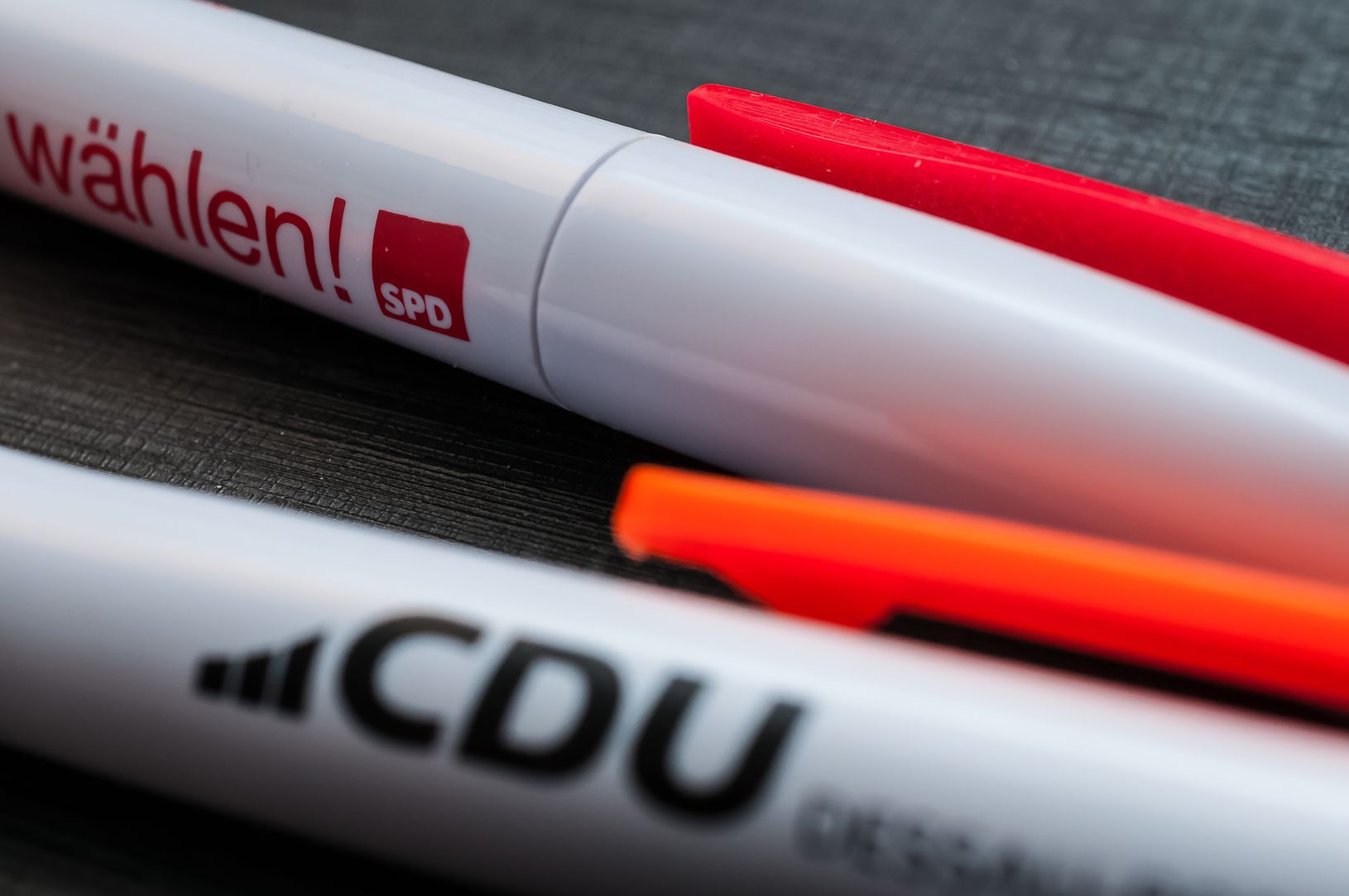Mr. Farrokh, the shoe trade is in the process of consolidation. When do you think this process will be completed?
Manuel Farrokh: The current conditions are extremely challenging. We are seeing a combination of rising costs, particularly in personnel and in the procurement of goods, but also in the financing of the goods. The subdued willingness to consume and falling disposable incomes are also exacerbating the situation. Despite these external factors, many retailers manage to develop successful concepts and operate them sustainably. It is therefore particularly important to take a look internally and to review and adapt your own strategies, financial structures, cost structures and processes.
In your opinion, what are the biggest problems for the shoe and fashion trade?
Small companies in particular are particularly affected here. You have little equity or liquid funds and may have rented retail space. It is therefore crucial to question and, if necessary, adapt the internal strategies, financial structures, cost structures and processes mentioned above. Sufficient liquidity is often the pivotal point. Some companies lack early warning systems.
How can it be that entrepreneurs don’t see how serious the situation is?
There are still companies that do not carry out regular evaluations and do not know their figures exactly – and then do not have any early warning systems. Controlling and an honest look inside the engine room are simply missing. You have to know where you stand in terms of financing, working capital and especially liquidity.
Where do you see opportunities?
Of course, the chances vary depending on the concept, which is why general answers often apply to different degrees. Nevertheless, it can be said that the key success factors, from a commercial perspective, lie in the quality of the financial indicators and liquidity planning and, from an operational perspective, in customer knowledge and positioning. Brick-and-mortar retailers often cannot keep up with the online competition when it comes to product range, but they do offer valuable guidance and a unique experience. The human factor still plays a crucial role, especially in brick-and-mortar stores. It is essential to know your customers comprehensively – ideally on a data-based basis so that purchasing and product range decisions are not just based on gut instinct. The staff is extremely important for this: the customer advisors have to offer the customer more security and guide them to their destination faster than an online shop. In addition, sales opportunities should be consistently exploited, for example through better skimming, higher average receipts and additional sales. Since shoes are everyday items, good customer management/CRM is particularly important and essential. Active customer management, season start promotions, newsletters and events are some of the impulses that can be set.
What are the biggest mistakes a shoe and fashion retailer can make?
Two central points should definitely be taken into account in order to avoid expensive mistakes and act in a future-proof manner: Firstly, absolute transparency and realism in business planning and the financial key figures themselves, including a comprehensive and rolling liquidity assessment. Here we often observe that many companies still rely heavily on the “principle of hope” instead of taking a professional and structured approach to business management and making well-founded decisions based on this. Secondly, developing a clear vision for the future: Where do I want to be in five years? If you only focus from month to month or from season to season, you run the risk of losing sight of the overarching goals.
What can you do as a dealer on the outskirts of the city center if the frequency drops significantly?
First of all, it is important to make optimal use of the existing frequency and increase the levy, as already mentioned. The question also arises as to what marketing measures can be taken to generate attention and further increase frequency. In the future, such locations can often only be operated profitably if you actively create your own frequency, i.e., build a community, maintain it and become a problem solver with quality of stay and offer additional services, such as sending home out-of-stock sizes.






Leave a Reply